On experiencing a vestibular illusion in straight and level flight it is ? [ Training professional ]
Question 110-1 : You avoid head movements and rely on your instruments you tilt your head to the side opposite to the turn to nullify the stimulus causing the illusion you close your e for a moment so that the oculo vestibular conflict disappears you rely on your sensations only as humans are much more reliable than flight instruments
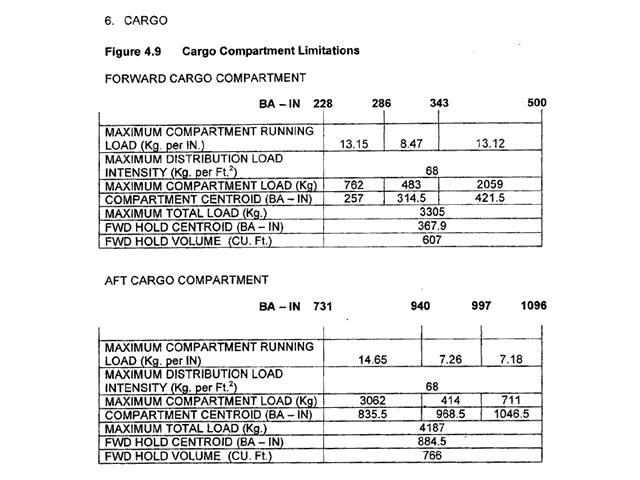 You avoid head movements and rely on your instruments.
You avoid head movements and rely on your instruments. Among the symptoms of hypoglycaemia are ?
Question 110-2 : Headache and lack of concentration double vision and puffiness around the e severe eye and head aches difficulty in focussing on near by objects
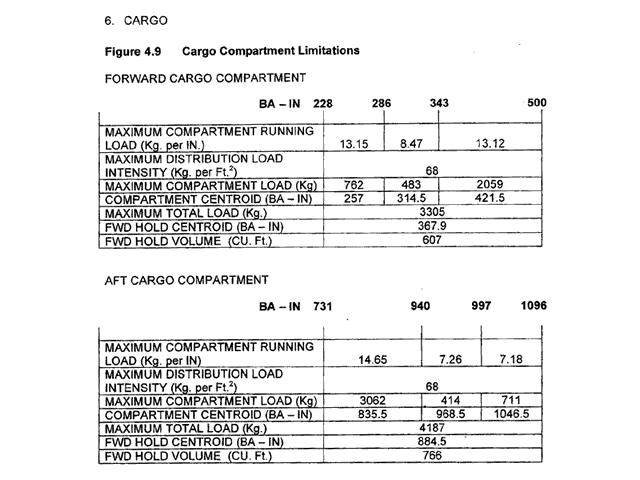 Headache and lack of concentration.
Headache and lack of concentration. To prevent gastro intestinal problems in tropical climates you should .1 not ?
Question 110-3 : 1 2 3 and 4 1 and 2 1 2 and 3 2 and 4
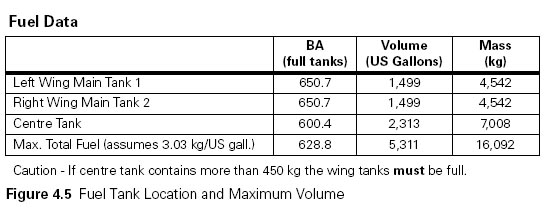 1, 2, 3 and 4.
1, 2, 3 and 4. To resynchronize a circadian rhythm it takes more time after ?
Question 110-4 : Eastbound flights westbound flights north south flights south north flights
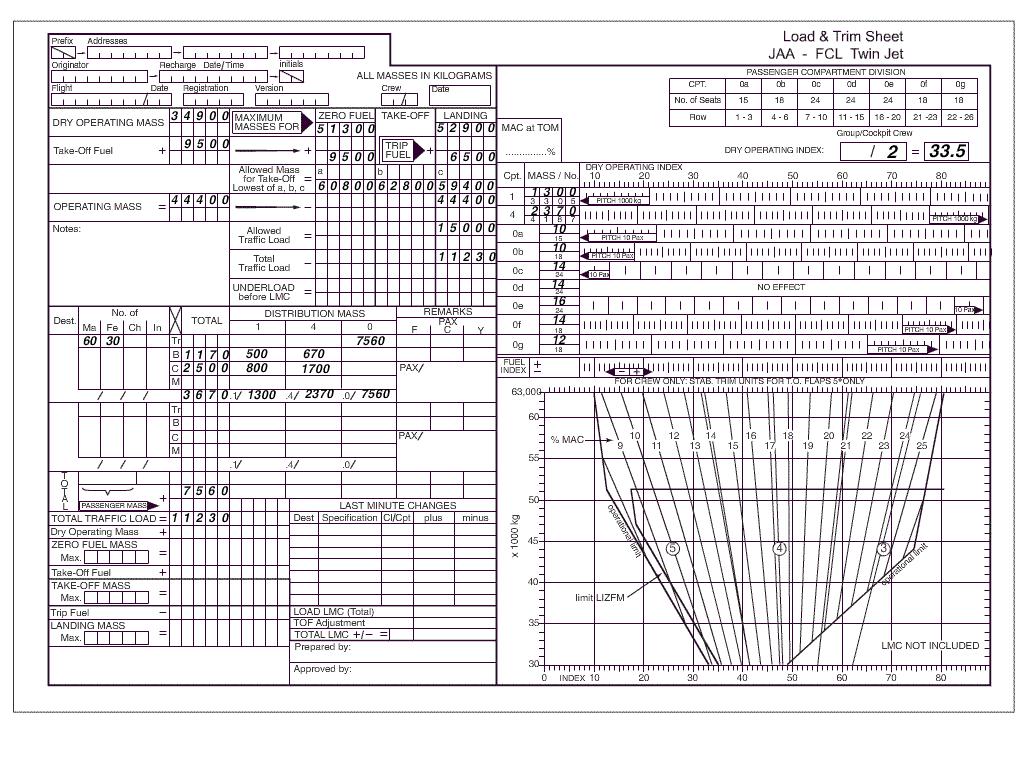 Eastbound flights.
Eastbound flights. Caffeine may cause an increase in cardiac rate restlessness/nervousness ?
Question 110-5 : 250 mg/day 3 mg/day 40 65 mg/day 150 mg/day
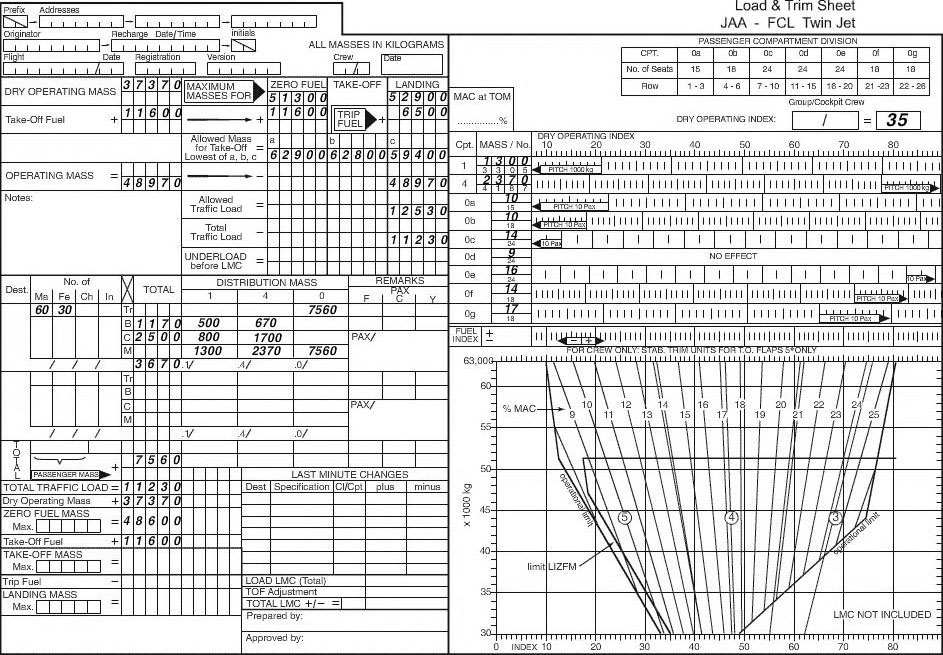 250 mg/day.
250 mg/day. Carbon monoxide poisoning can be treated by ?
Question 110-6 : Increasing the amount of oxygen being physically dissolved in the blood decreasing the amount of oxygen being combined with the haemoglobin in the blood increasing the amount of nitrogen being physically dissolved in the blood breathing into a paper bag
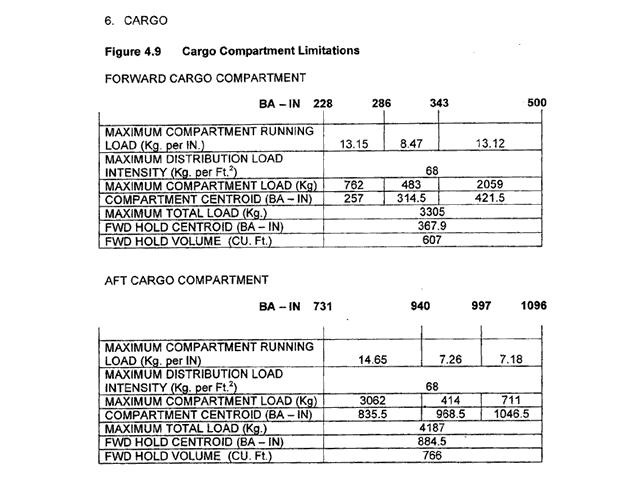 Increasing the amount of oxygen being physically dissolved in the blood.
Increasing the amount of oxygen being physically dissolved in the blood. Hypoxic hypoxia may be caused by .1 climbing to a high altitude without using ?
Question 110-7 : 1 2 and 3 1 and 3 2 and 3 1 and 2
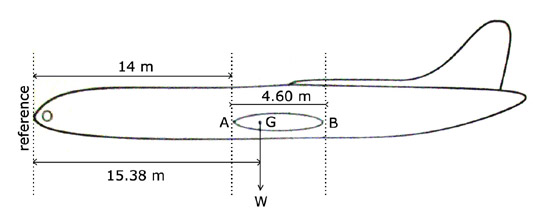 1, 2 and 3.
1, 2 and 3. In order to avoid hypoglycaemia ?
Question 110-8 : A pilot should eat regularly and ensure he/she has a balanced diet a pilot should never eat sugar or sweets peanuts are recommended because of their high energy value a pilot should not take snacks between meals
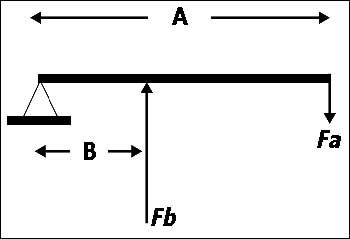 A pilot should eat regularly and ensure he/she has a balanced diet.
A pilot should eat regularly and ensure he/she has a balanced diet. In the case of changes to circadian rhythms the readjustment to a new time zone ?
Question 110-9 : Is most rapid when flying westbound is most rapid when flying eastbound is the same in both westbound and eastbound flights occurs immediately as circadian rhythms do not change depending on direction of flying
In tropical zones it is recommended that ?
Question 110-10 : Cold drinks be taken from sealed containers one uses ice cubes in cold drinks one eats raw vegetables one eats fruit without peeling them to ensure a supply of vitamins
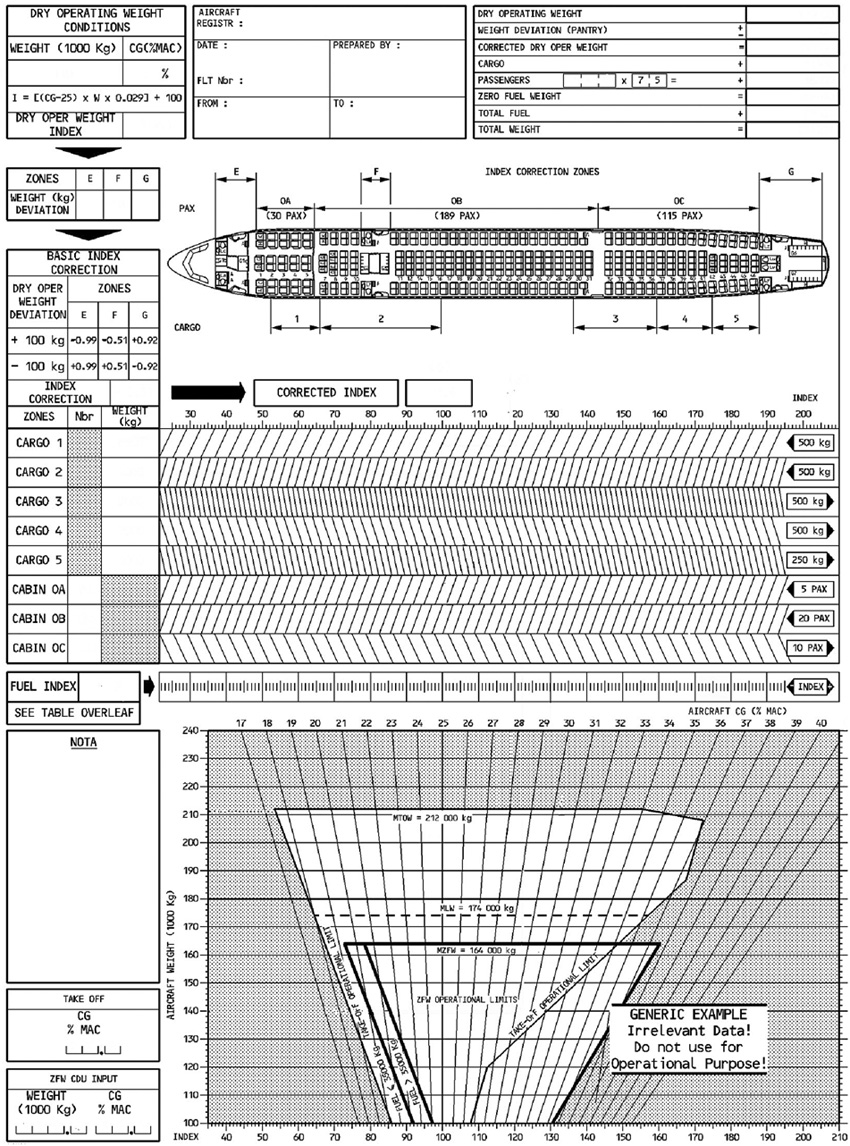 Cold drinks be taken from sealed containers.
Cold drinks be taken from sealed containers. Night vision ?
Question 110-11 : Requires up to 30 minutes to reach its best performance requires 5 minutes to reach its best performance is insensitive to short duration light sources is insensitive to lightning flashes in storms
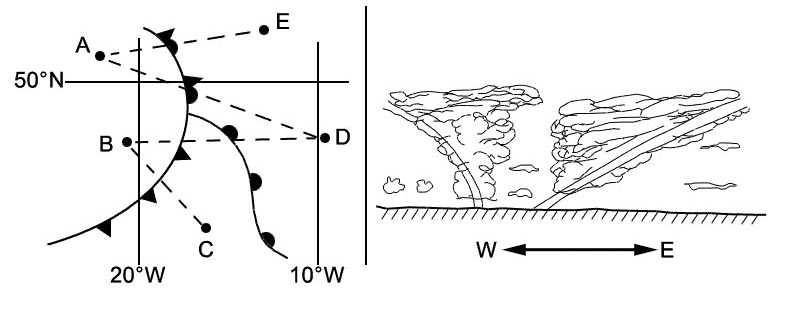 Requires up to 30 minutes to reach its best performance.
Requires up to 30 minutes to reach its best performance. On approach by day in snowy conditions without reference to glideslope ?
Question 110-12 : Judgement of height is extremely difficult there is a risk of you underestimating your speed estimation of height and distance is not a problem for a well trained pilot there is a risk of you entering a spin
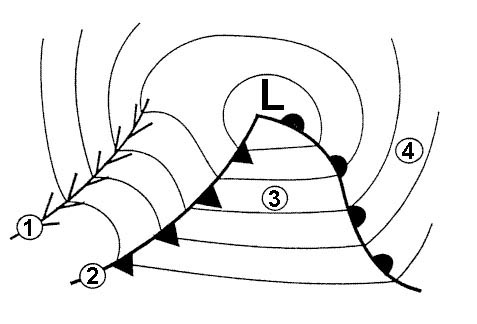 Judgement of height is extremely difficult.
Judgement of height is extremely difficult. The circulation of blood .1 transports oxygen to the body cells.2 withdraws ?
Question 110-13 : 1 2 and 3 2 and 3 1 and 3 1 and 2
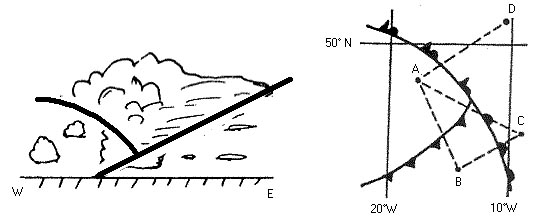 1, 2 and 3.
1, 2 and 3. The dry atmosphere of the flight deck may cause dehydration which may lead to a ?
Question 110-14 : Drink sufficient non carbonated liquids drink plenty of coffee drink cool cola drinks drink tea
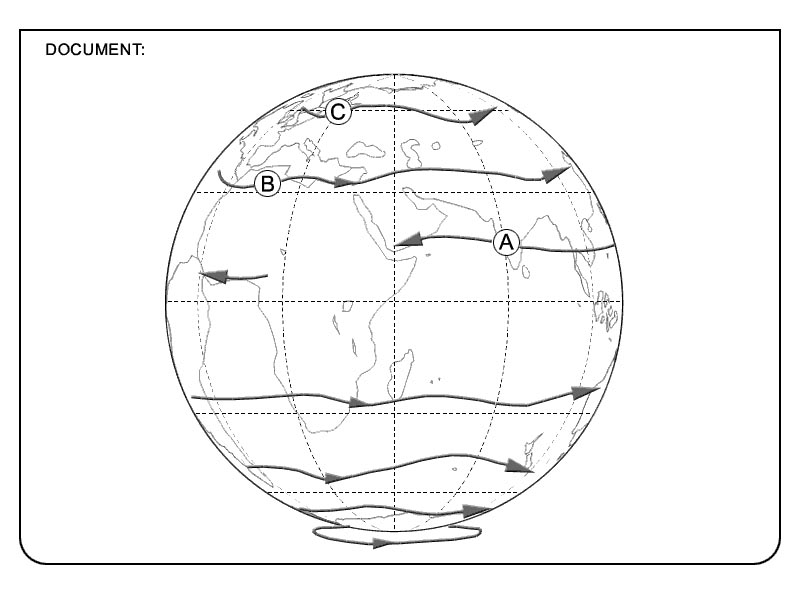 Drink sufficient non-carbonated liquids.
Drink sufficient non-carbonated liquids. The exchange of gases between the alveoli and the blood is due to ?
Question 110-15 : Diffusion changes in atmospheric pressure inspiration physical exercise
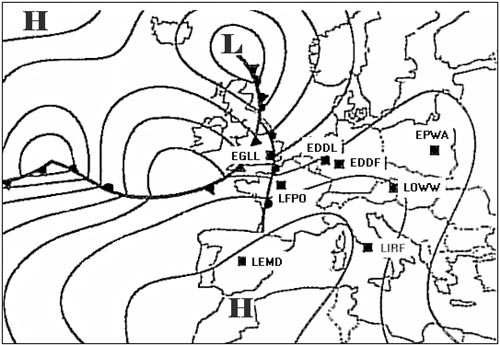 Diffusion.
Diffusion. The total gas volume of the lung is the sum of .1 tidal volume.2 inspiratory ?
Question 110-16 : 1 2 3 and 4 1 and 2 2 and 3 1 2 and 3
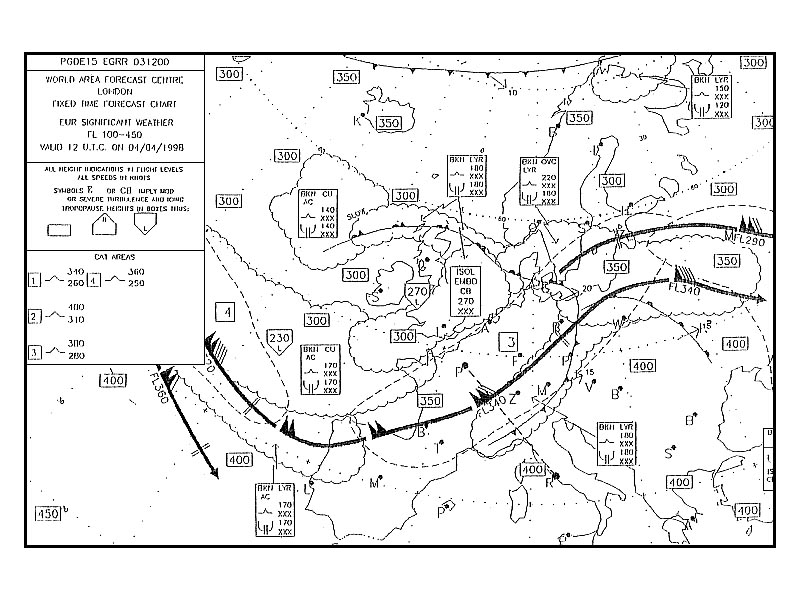 1, 2, 3 and 4.
1, 2, 3 and 4. To avoid incapacity due to gastro intestinal problems it is recommended that a ?
Question 110-17 : Non carbonated water wine or beer carbonated water no drinks as fluids are not important
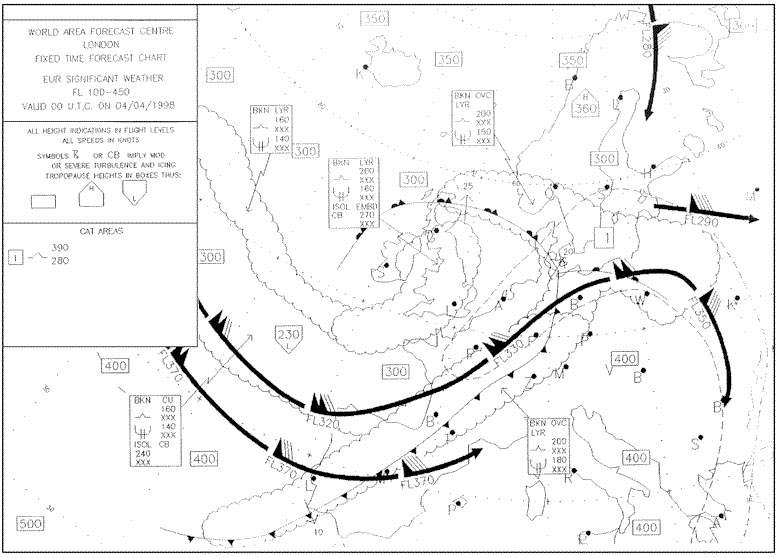 Non-carbonated water.
Non-carbonated water. To prevent empty field myopia at higher altitudes ?
Question 110-18 : It is recommended that a pilot uses short sharp scans or periodically focuses on a distant object such as a wing tip or cloud edge it is recommended that a pilot focuses on an object known to be approximately one metre away one should concentrate only on instruments one should book an appointment with an ophthalmologist as soon as possible
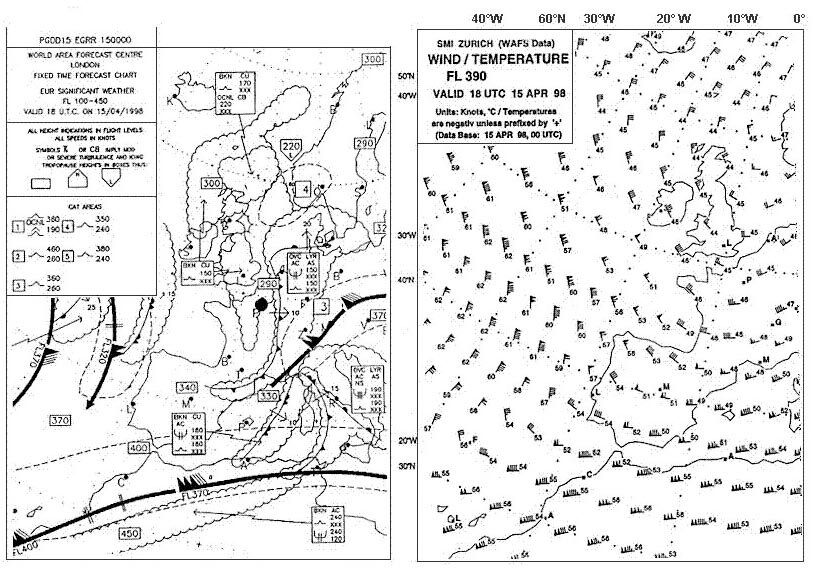 It is recommended that a pilot uses short sharp scans, or periodically focuses on a distant object such as a wing-tip or cloud edge.
It is recommended that a pilot uses short sharp scans, or periodically focuses on a distant object such as a wing-tip or cloud edge. What human function is most sensitive to lack of oxygen ?
Question 110-19 : Night vision motor co ordination hearing touch
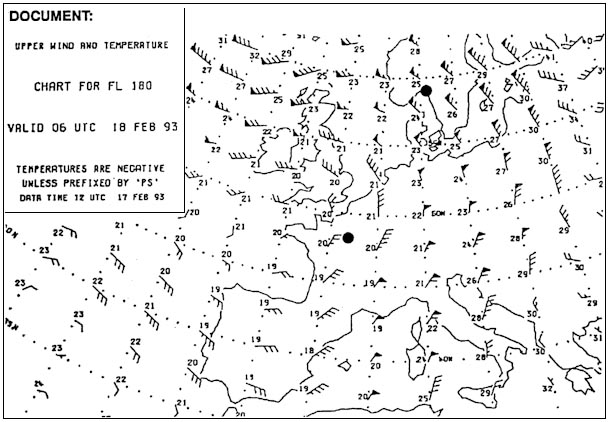 Night vision.
Night vision. Which of the following gases is fundamentally responsible for decompression ?
Question 110-20 : Nitrogen oxygen carbon dioxide sodium
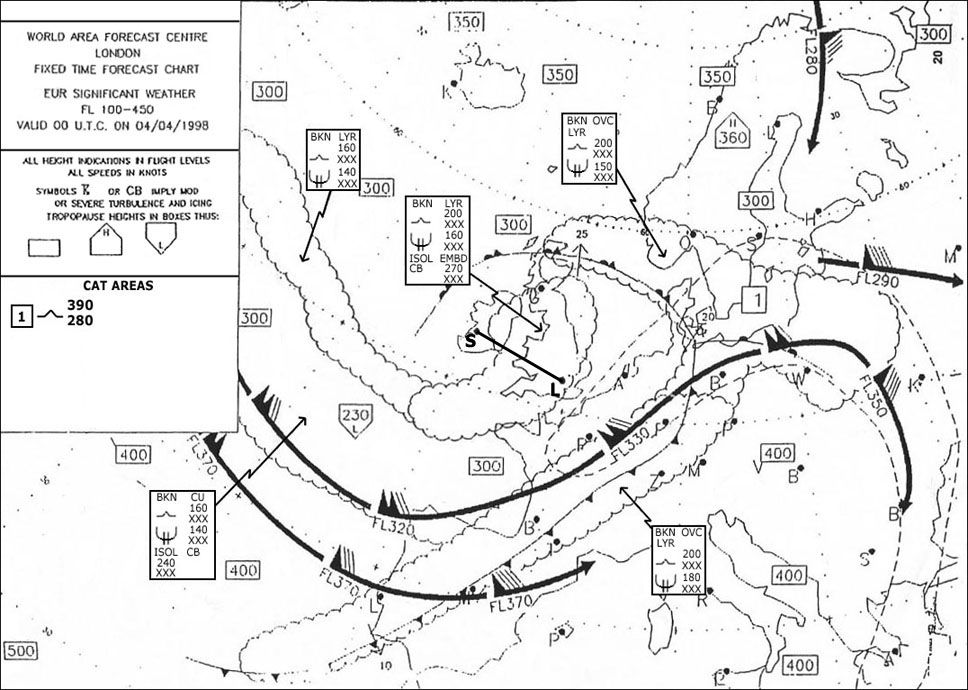 Nitrogen.
Nitrogen. You suffered a rapid decompression without the appearance of any decompression ?
Question 110-21 : Seek prompt aeromedical advice nothing you may fly immediately delay your next flight for 6 hours seek aeromedical advice only if the symptoms become apparent
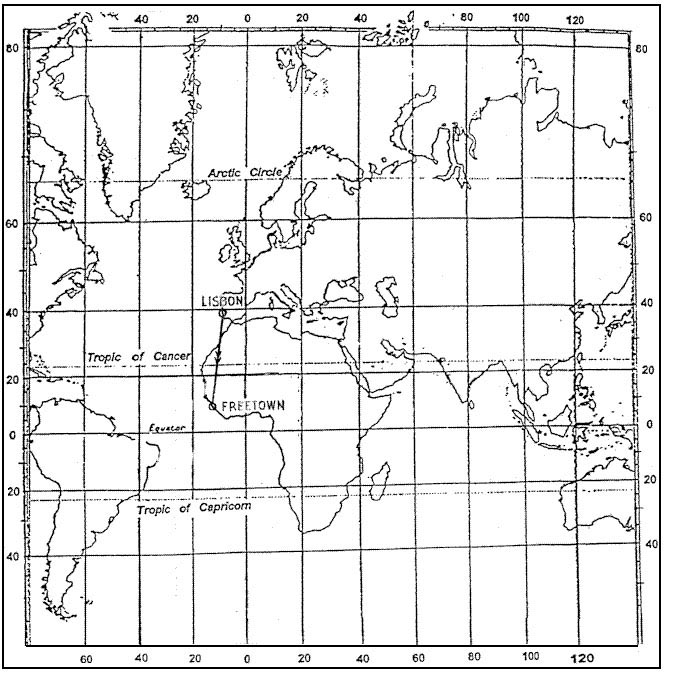 Seek prompt aeromedical advice.
Seek prompt aeromedical advice. Perceptional illusions are ?
Question 110-22 : Normal and can be prevented by trusting instrument read out usually not serious except in bad weather abnormal and indicate weakness in one or more of the senses never caused by the brain's ability to distort normal sense inputs
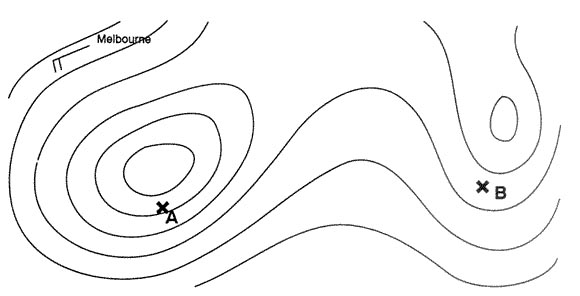 Normal and can be prevented by trusting instrument read-out.
Normal and can be prevented by trusting instrument read-out. Ozone in the air of a pressurized cabin can be eliminated by ?
Question 110-23 : Ozone converters avoiding flights along the equator climbing to altitudes above 45000 ft spraying detergents
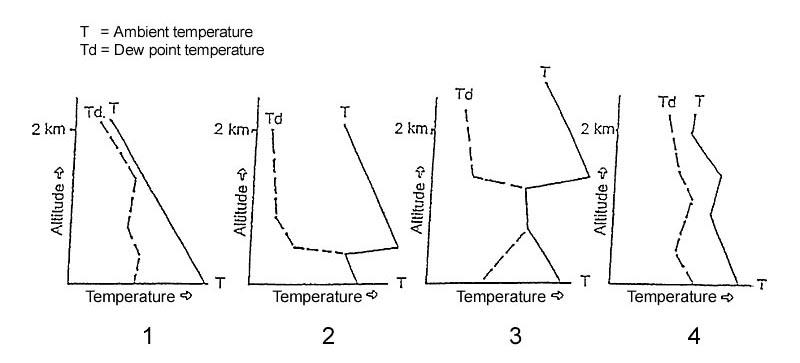 Ozone-converters.
Ozone-converters. One of the earliest and most significant features of hypothermia extreme cold is ?
Question 110-24 : Apathy aggression anxiety aggression and anxiety
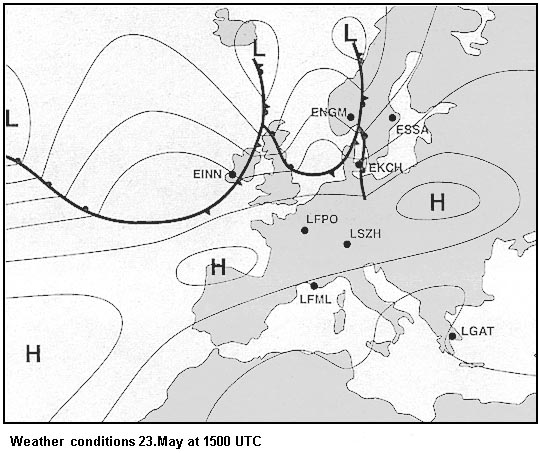 Apathy.
Apathy. Night vision is significantly reduced i e a loss of more than 25% at 15000 ft ?
Question 110-25 : Compensatory indifferent clinical manifestation phase anaemic phase
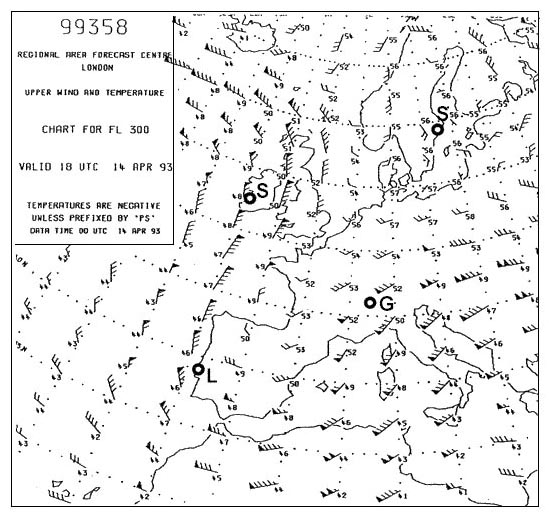 Compensatory.
Compensatory. One of the dangers of extreme cold is that ?
Question 110-26 : Sleepiness occurs associated with a feeling of contentment or apathy sleepiness occurs very slowly with a feeling of alertness sleepiness occurs very quickly with a feeling of agitation it degrades the fatty tissues of the body
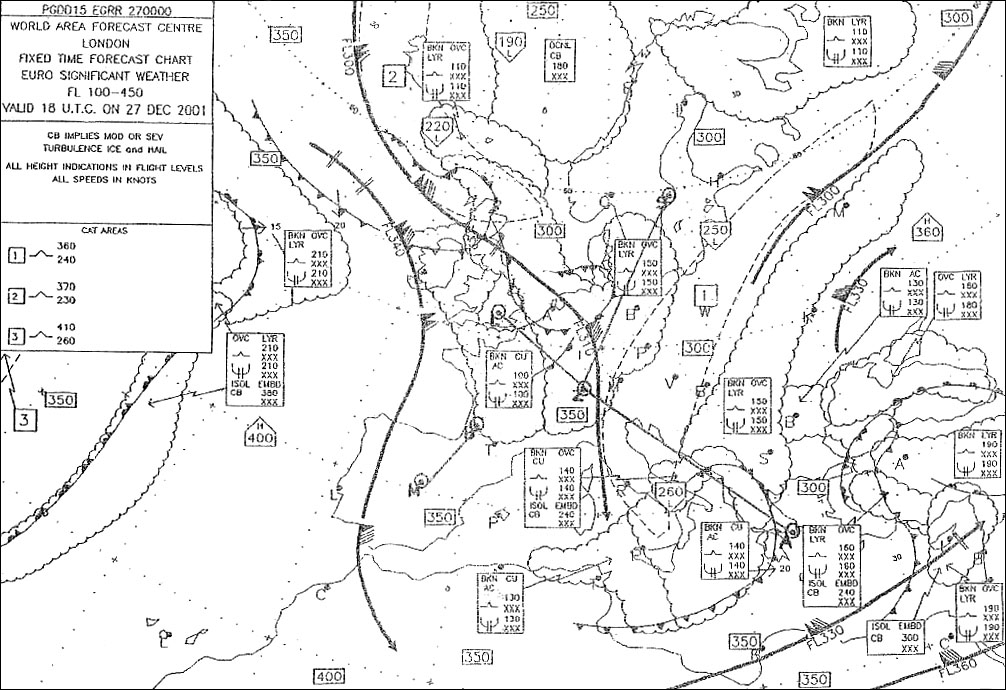 Sleepiness occurs associated with a feeling of contentment or apathy.
Sleepiness occurs associated with a feeling of contentment or apathy. The cornea and the crystalline lens of the eye ?
Question 110-27 : Cause the convergence of light rays onto the retina keep the retina clean and healthy allow for the regulation of the amount of light admitted into the eye permit the reception and conversion of visual stimuli to images interpreted by the brain
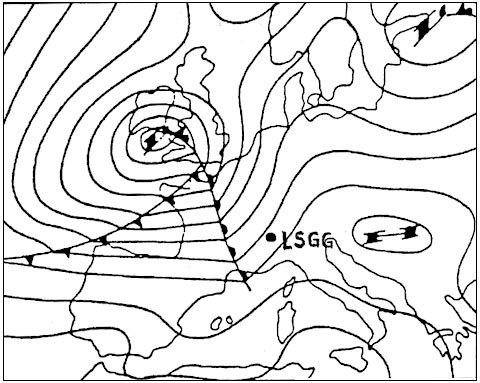 Cause the convergence of light rays onto the retina.
Cause the convergence of light rays onto the retina. The following three conditions will decrease your g tolerance ?
Question 110-28 : Obesity alcohol sleep deprivation cold 30 degrees backward tilted sitting position short body short stature loss of body fluids full stomach 20 degrees backward tilted sitting position old age short body short stature an empty stomach
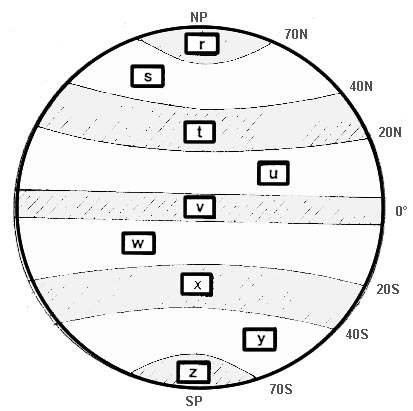 Obesity, alcohol, sleep deprivation.
Obesity, alcohol, sleep deprivation. The eye can fully adjust to ?
Question 110-29 : High levels of illumination in 10 seconds and darkness in 30 minutes high levels of illumination in 10 minutes and darkness in 30 minutes high levels of illumination in 30 minutes and darkness in 10 minutes high levels of illumination in 30 minutes and darkness in 10 seconds
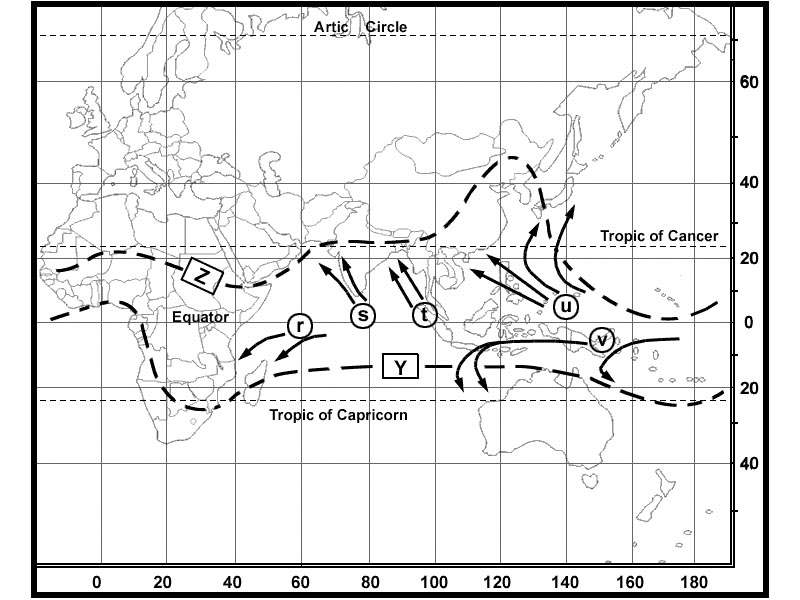 High levels of illumination in 10 seconds and darkness in 30 minutes.
High levels of illumination in 10 seconds and darkness in 30 minutes. The eustachian tube is the passage way between the ?
Question 110-30 : Throat and the middle ear nose throat and inner ear nose throat and the external auditory canal sinuses and the throat
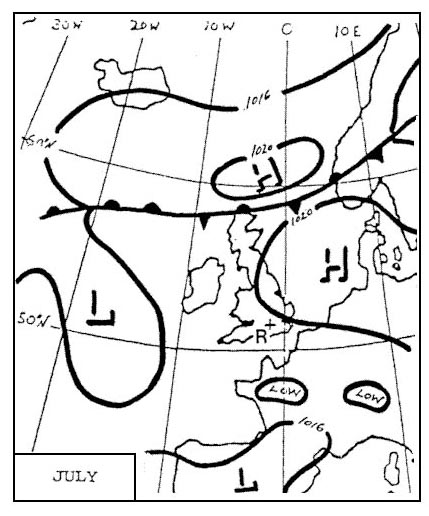 Throat and the middle ear.
Throat and the middle ear. Carbon monoxide co poisoning in flight ?
Question 110-31 : Presents an extremely dangerous situation as the blood may not be able carry sufficient amounts of oxygen to vital cells and tissues of the body can be cured by breathing into a plastic bag to retain the carbon monoxide is usually harmless because oxygen is more easily attached to haemoglobin than carbon monoxide to a magnitude of 200 times is a complication when hyperventilating and requires its own special and individual treatment
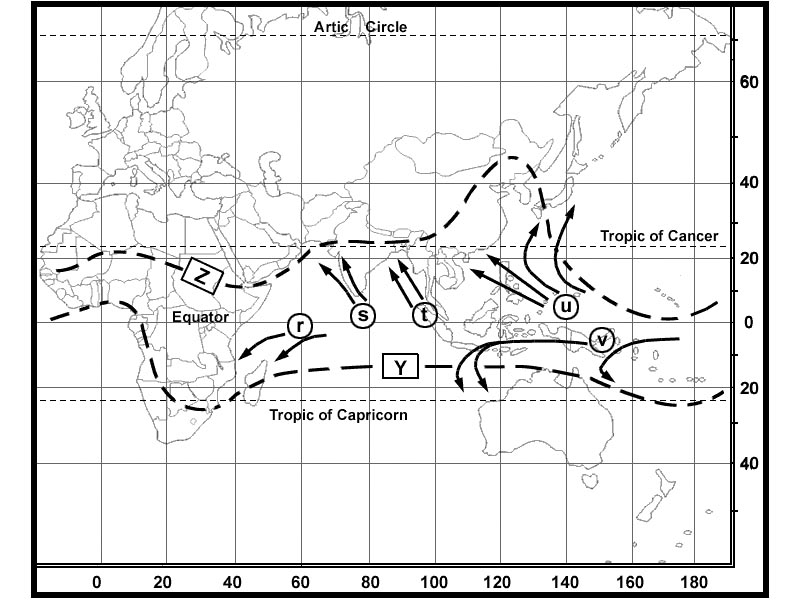 Presents an extremely dangerous situation as the blood may not be able carry sufficient amounts of oxygen to vital cells and tissues of the body.
Presents an extremely dangerous situation as the blood may not be able carry sufficient amounts of oxygen to vital cells and tissues of the body. The damaging effects of noise on the pilot depends on .1 the intensity of the ?
Question 110-32 : 1 2 3 and 4 2 3 and 4 1 and 4 3 only
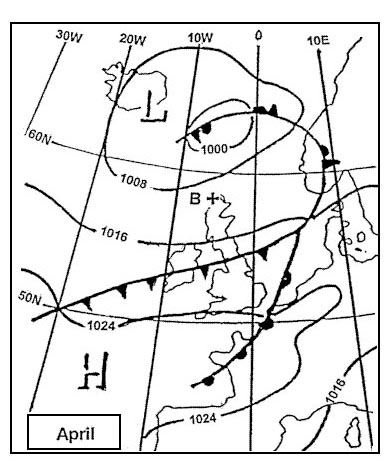 1, 2, 3 and 4.
1, 2, 3 and 4. The human circadian rhythm is based on a cycle of about ?
Question 110-33 : 24 hours 1 5 hours 12 hours 48 hours
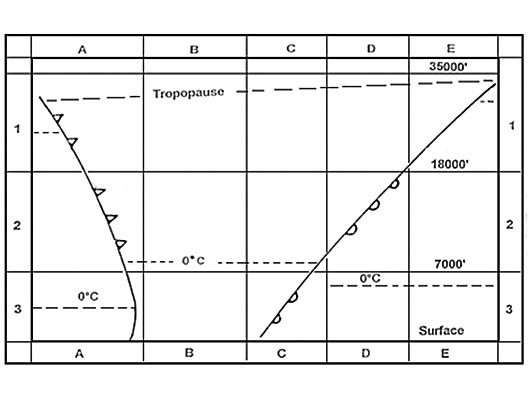 24 hours.
24 hours. The cabin pressure in airline operation is ?
Question 110-34 : Normally between 6000 to 8000 feet normally between 2000 to 3000 feet normally between 4000 to 5000 feet always equivalent to sea level
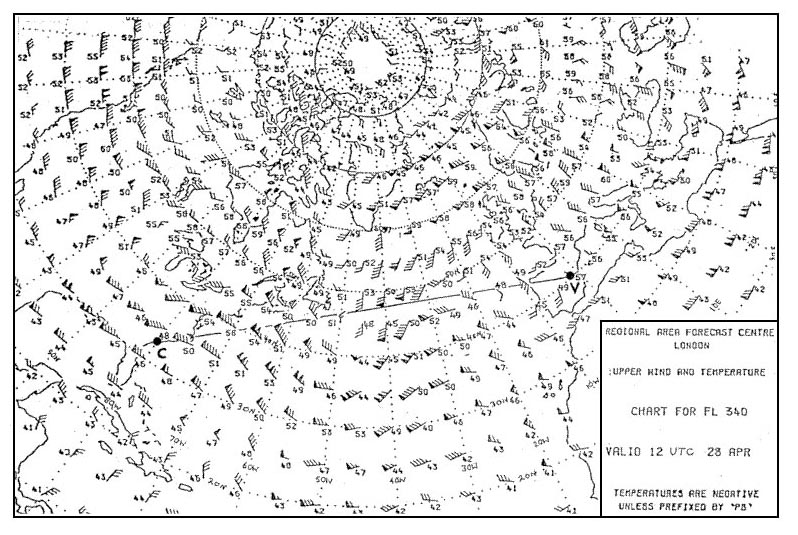 Normally between 6000 to 8000 feet.
Normally between 6000 to 8000 feet. With hyperventilation caused by high levels of arousal or overstress ?
Question 110-35 : An increased amount of carbon dioxide is exhaled causing muscular spasms and even unconsciousness finger nails and lips will turn blue 'cyanosis' more oxygen will reach the brain peripheral and scotopic vision will be improved
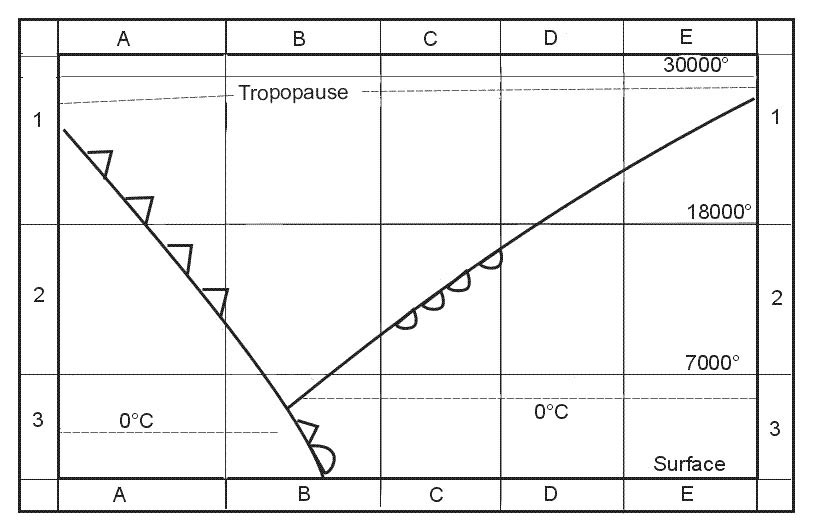 An increased amount of carbon dioxide is exhaled causing muscular spasms and even unconsciousness.
An increased amount of carbon dioxide is exhaled causing muscular spasms and even unconsciousness. With a heart rate of 72 beats per minute and a stroke volume of 70 ml the ?
Question 110-36 : 5 litres/min 6 litres/min 7 litres/min 8 litres/min
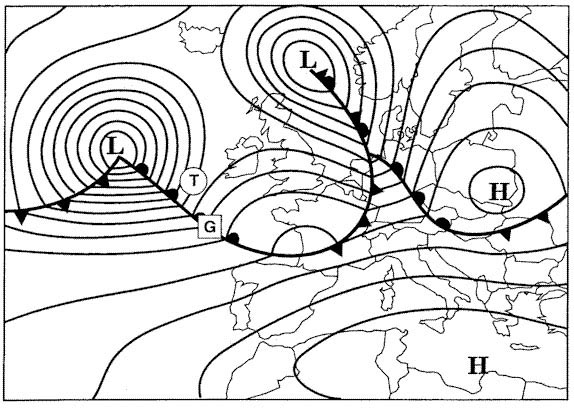 5 litres/min.
5 litres/min. Why is hypoxia especially dangerous for pilots flying solo ?
Question 110-37 : Since the first signs of hypoxia are generally hard to detect in a multi crew cockpit hypoxia will always be detectable hypoxia improves night vision therefore the pilot will have no indication of danger only a solo pilot is more prone to illusions
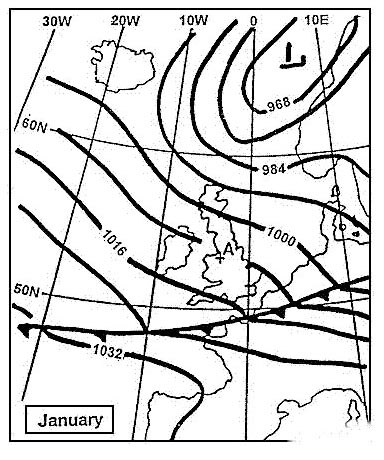 Since the first signs of hypoxia are generally hard to detect.
Since the first signs of hypoxia are generally hard to detect. The effects of galactic radiation ?
Question 110-38 : Increases with altitude decreases with altitude is unaffected by altitude remains steady up to 49 000 ft and thereafter increases
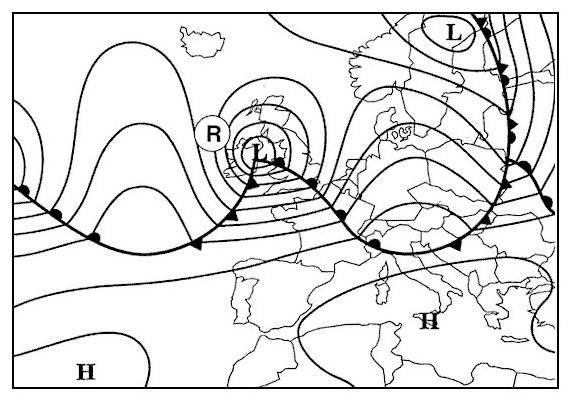 Increases with altitude.
Increases with altitude. The low level of humidity found in a pressurised aircraft cabin ?
Question 110-39 : Should be compensated for by drinking water before one gets thirsty should be compensated for by breathing in to a paper bag requires a regular supply of water only for those who are in poor health healthy people compensate for this naturally should be compensated for by a regular supply of coffee or tea
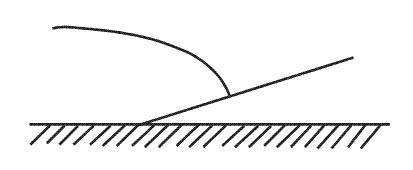 Should be compensated for by drinking water before one gets thirsty.
Should be compensated for by drinking water before one gets thirsty. The percentage of oxygen in the troposphere in dry air ?
Question 110-40 : Is independent of altitude increases with longitude is dependent of the partial pressure which is constant above sea level is variable because oxygen replaces water vapour
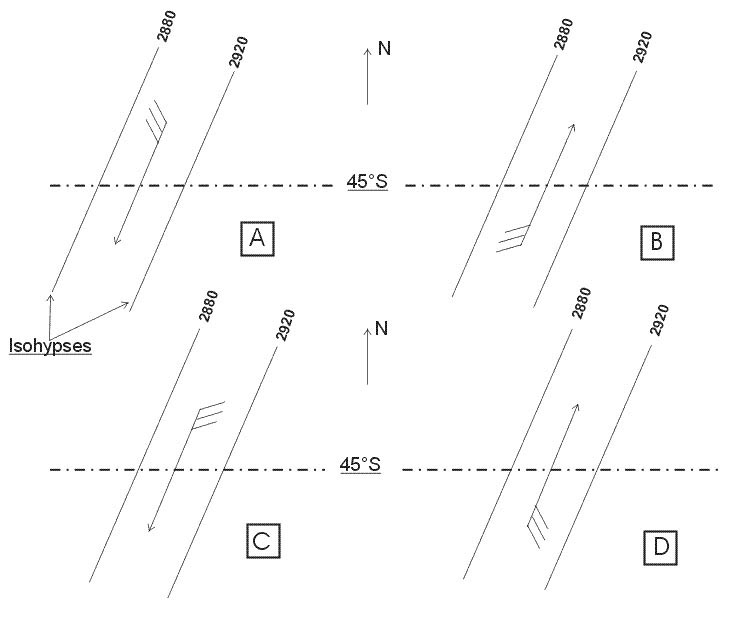 Is independent of altitude.
Is independent of altitude. ~
Exclusive rights reserved. Reproduction prohibited under penalty of prosecution.
4359 Free Training Exam
